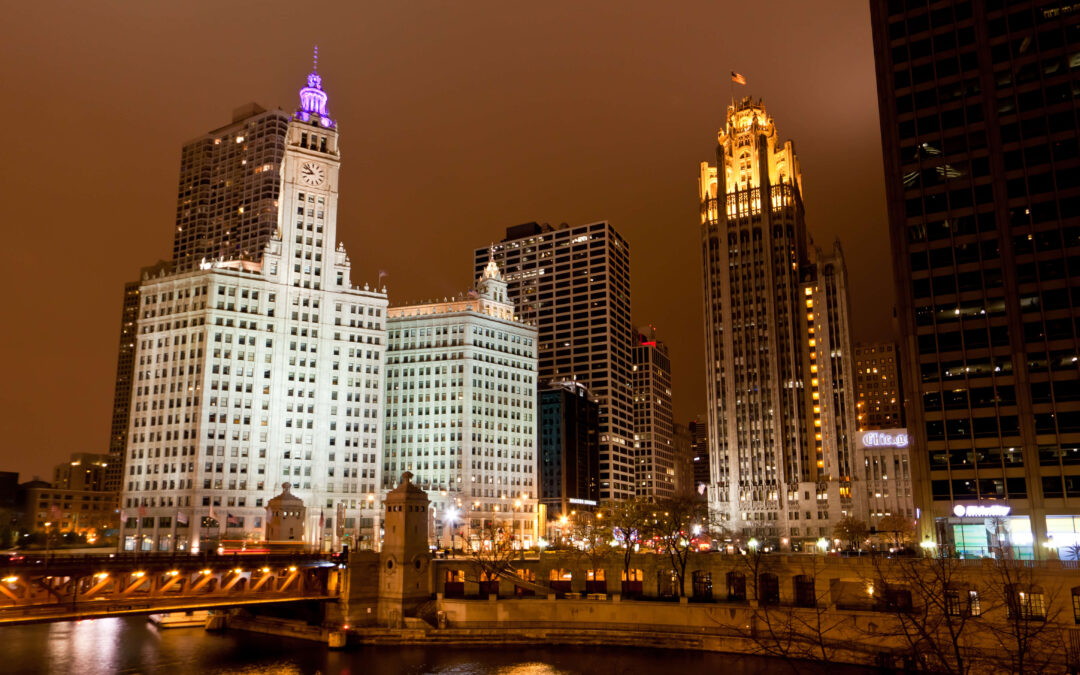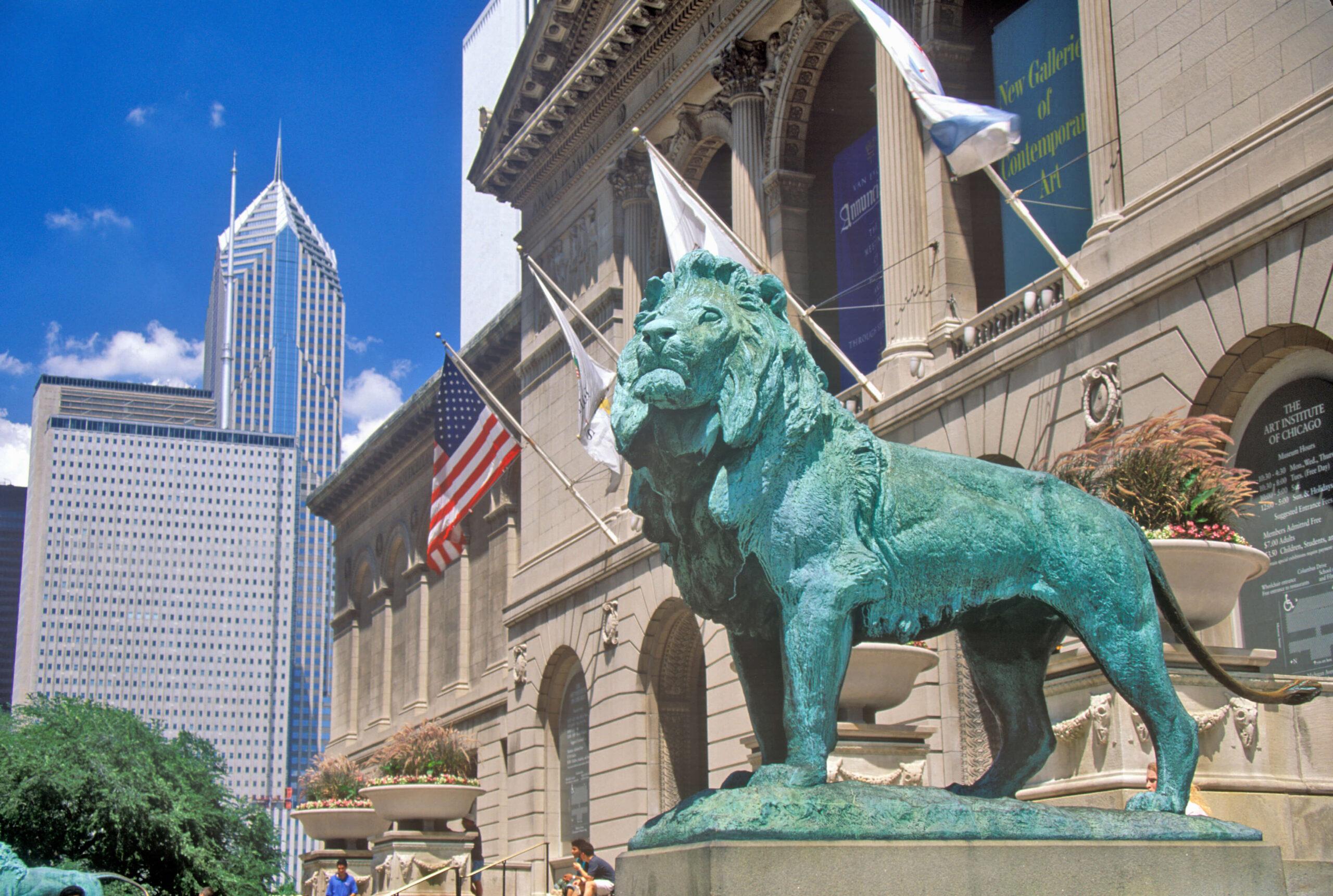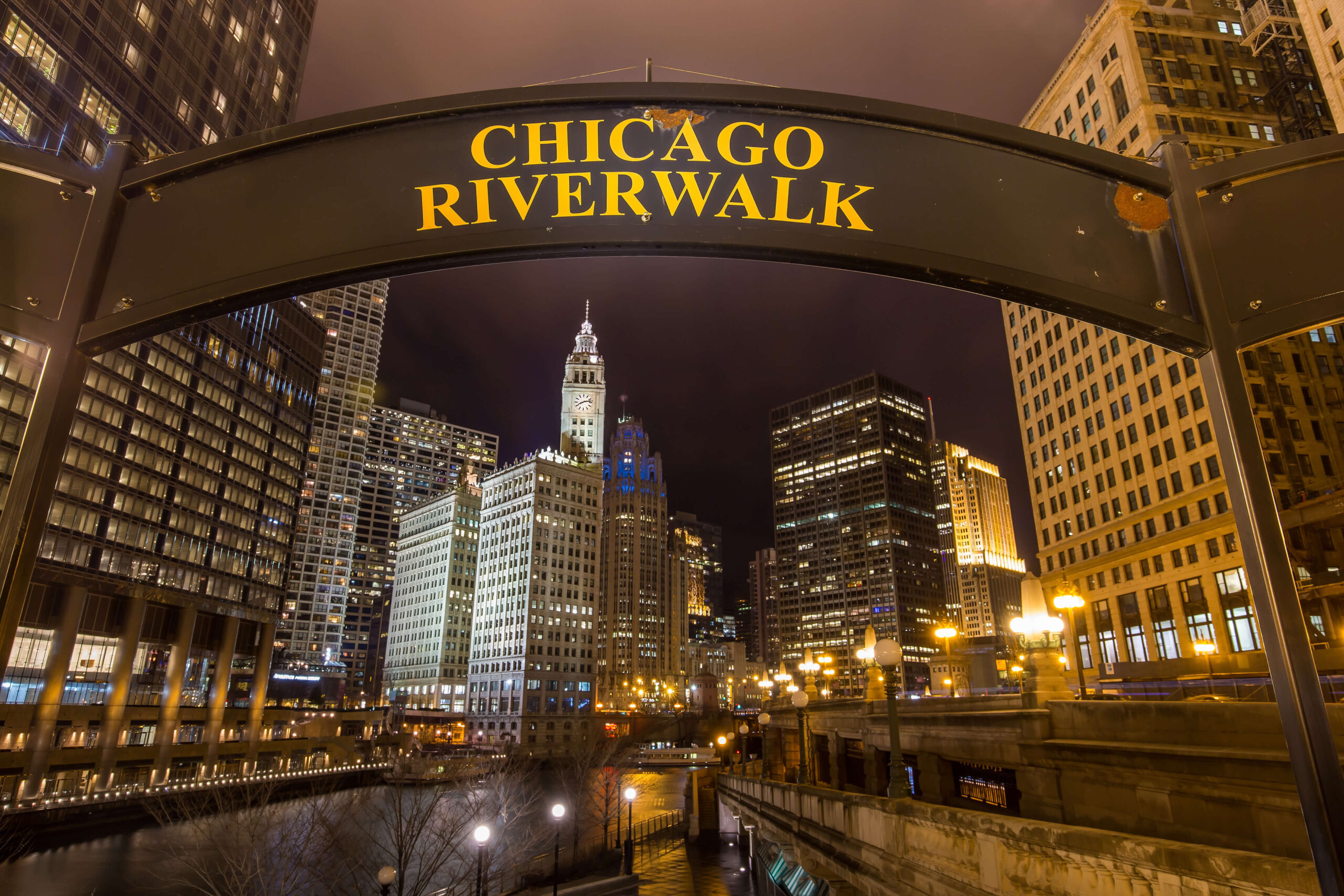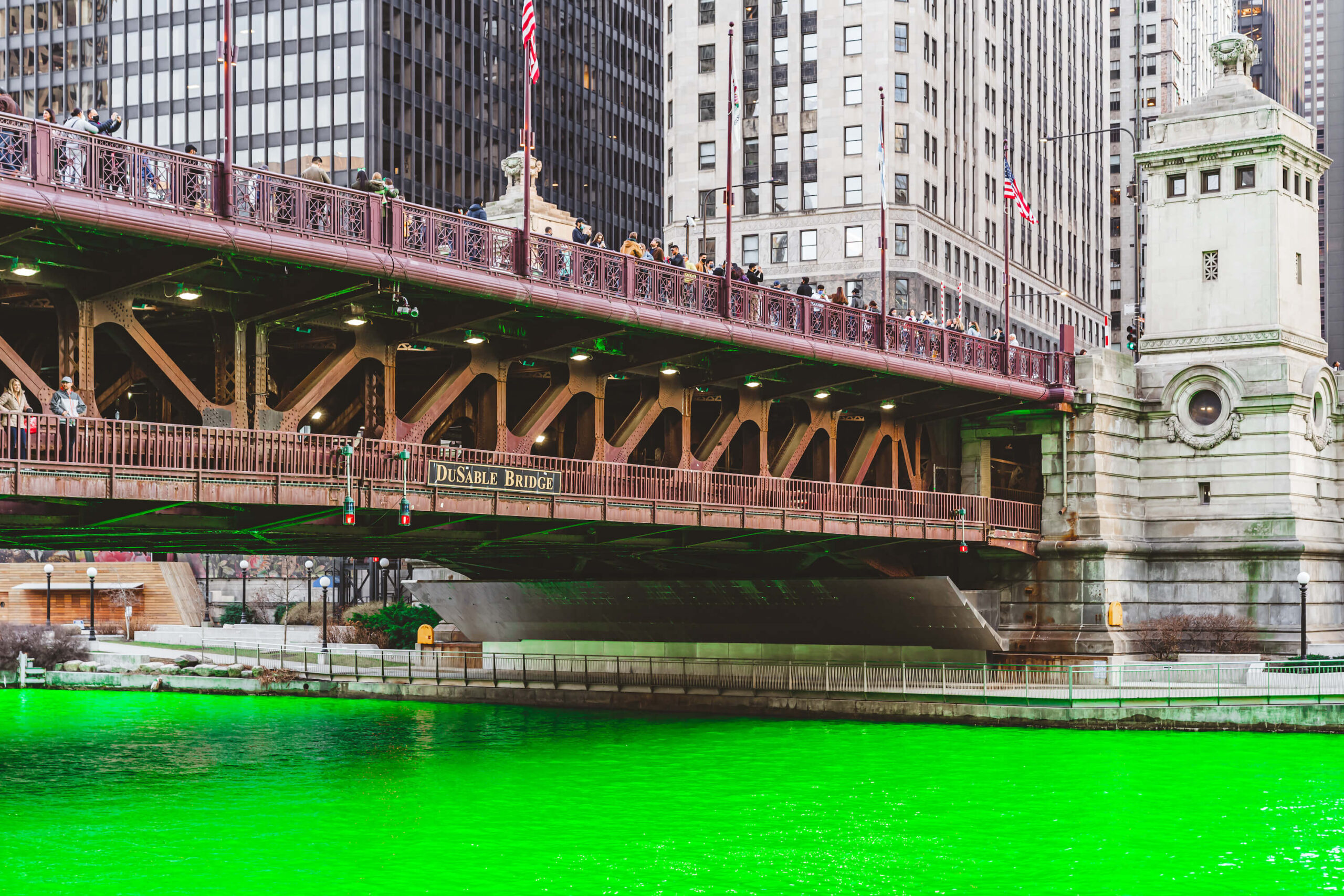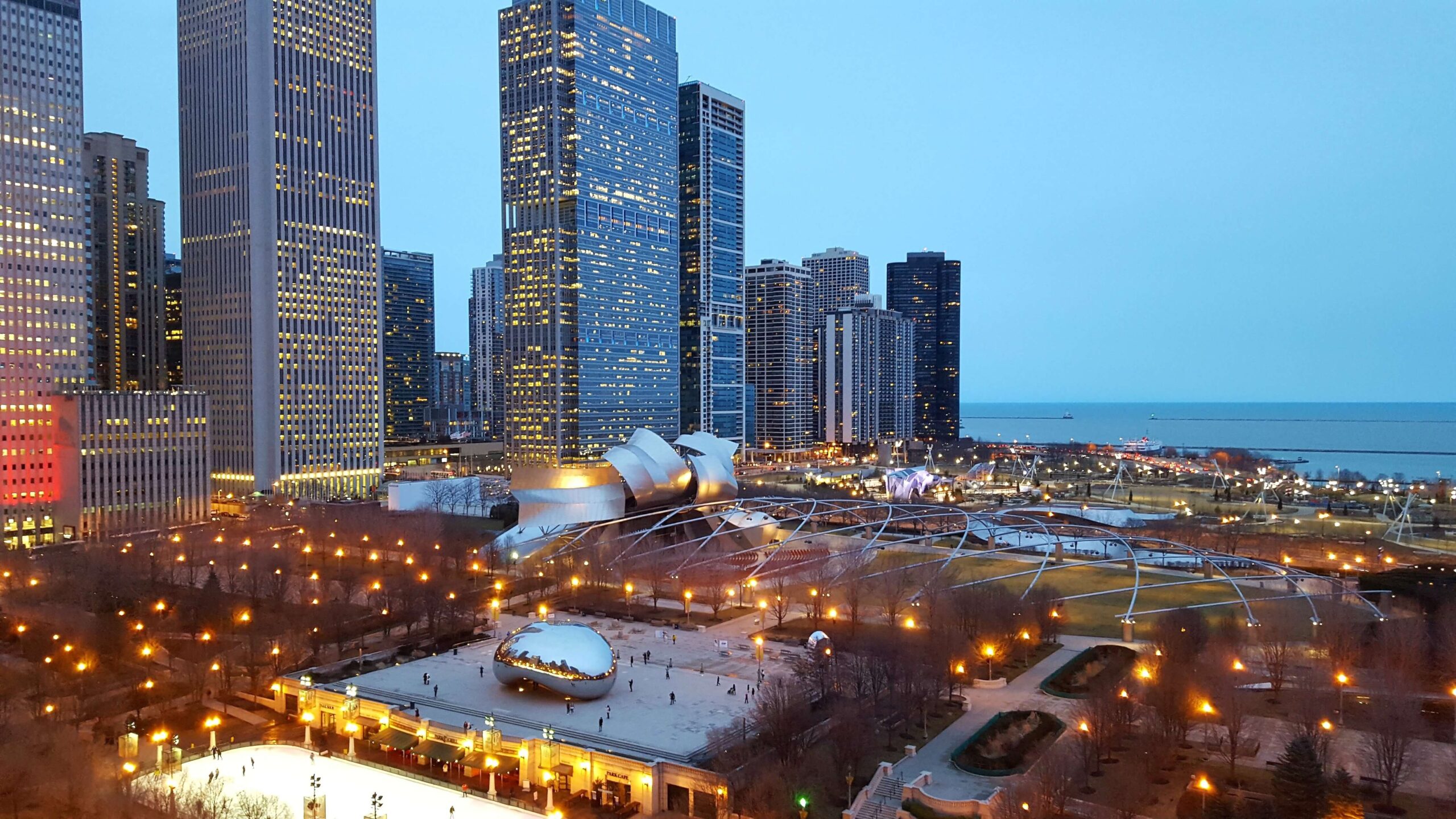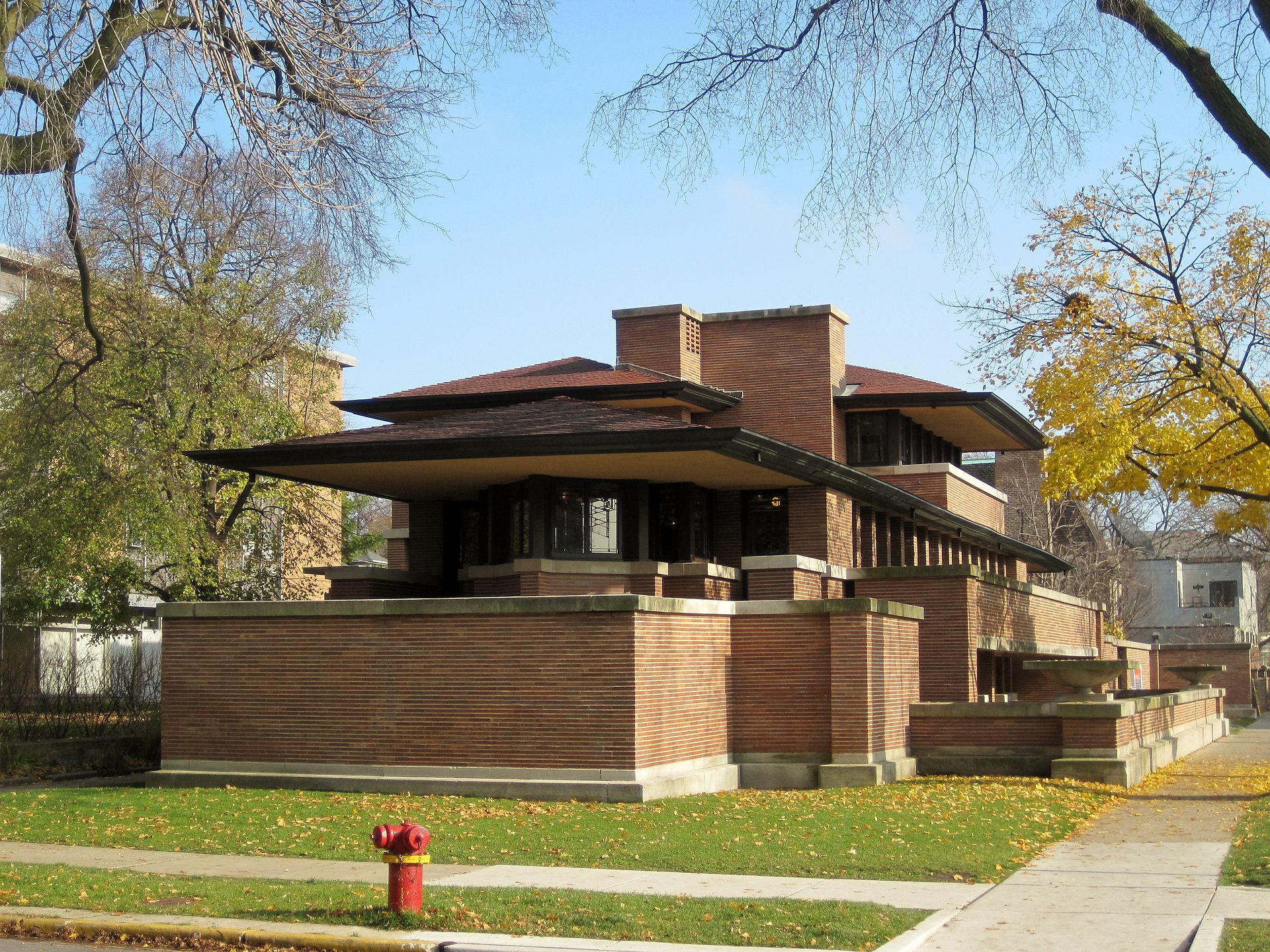Chicago is a heck of a city. It is known for its bold architecture and its expansive skyline. It is noted for its cultural institutions and terrific food. A visit to Chicago wouldn’t be complete without seeing some of its most iconic landmarks. These include its well-known tourist attractions as well as some hidden gems. This article will outline a few fun facts about Chicago and some of the must-see sights the city has to offer.
Art Institute of Chicago
The Chicago Riverwalk
The Chicago Riverwalk spans 1.25 miles. Constructed in phases over time, it consists of four districts: the Confluence, the Arcade, the Civic, and the Esplanade. Open from 6AM to 11 PM daily, it offers river views, boating activities, walking tours, restaurants, bars, and a nightly Art on the Mart event. It is also the sight of one of the most invigorating forms of public transportation. You can take its water taxi to any Chicago neighborhoods along the river. The One Station is located at the Riverwalk at Clark and Lasalle and operates from spring until fall.
Dusable Bridge
The Bean
The Robie House
The Robie was built by Frank Lloyd Wright in 1910 for successful Chicago businessman Frederick C. Robie. It is considered to be his best ‘prairie style’ work.
As with most prairie homes, Robie House is short and wide. It is characterized by banded windows, and a spacious floor plan that provides spectacular views. It is made with simple materials such as brick, wood, and stucco.
The home primarily consists of two long and narrow vessels making it resemble the hull of a ship. It is made from red Roman brick and was one of the first homes to incorporate steel beams into its design. The beams are necessary in creating cantilevered balconies which appear to be suspended in mid-air.
The home passed through several owners and was once used to house students at the Chicago Theological Seminary. Eventually, the Seminary decided to demolish the building and build a larger dormitory. Wright, who was 90 at the time, came to the home to draw attention to the need to save it.
William Zeckendorf eventually stopped the demolition. He bought the house from the Seminary and donated it to the University of Chicago. It was the first building to be declared a Chicago landmark and the first in Chicago to be named a United States Registered National Historic Landmark based solely on its architectural merit.

